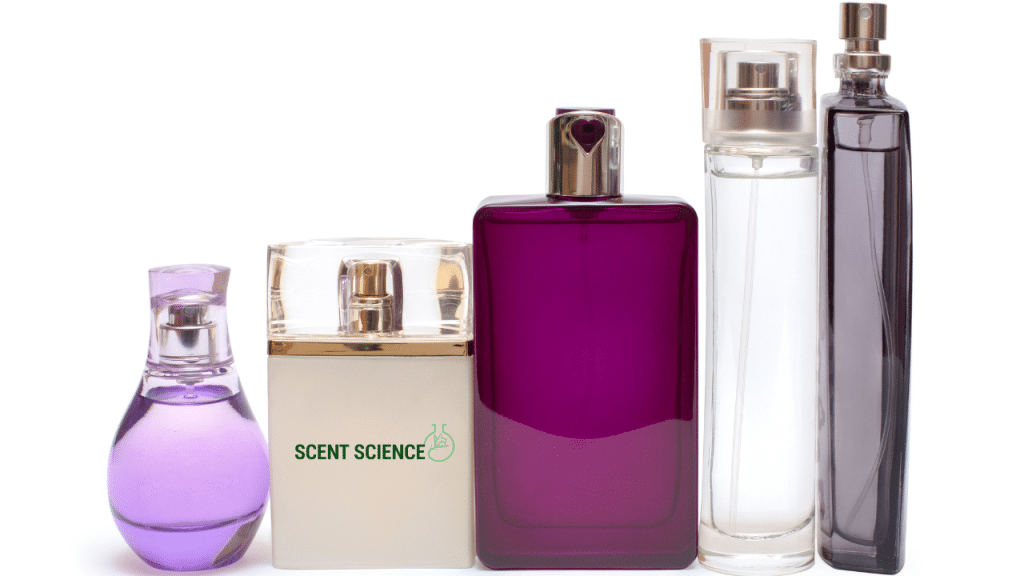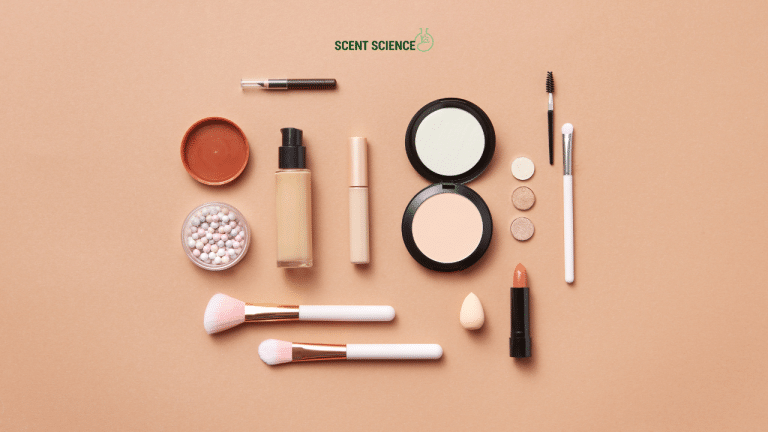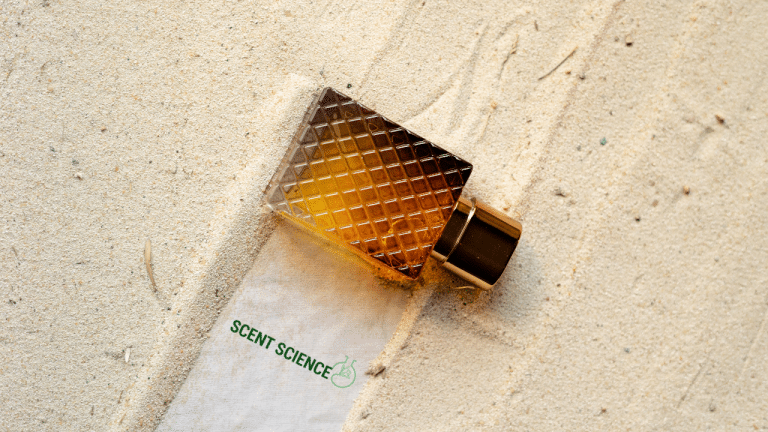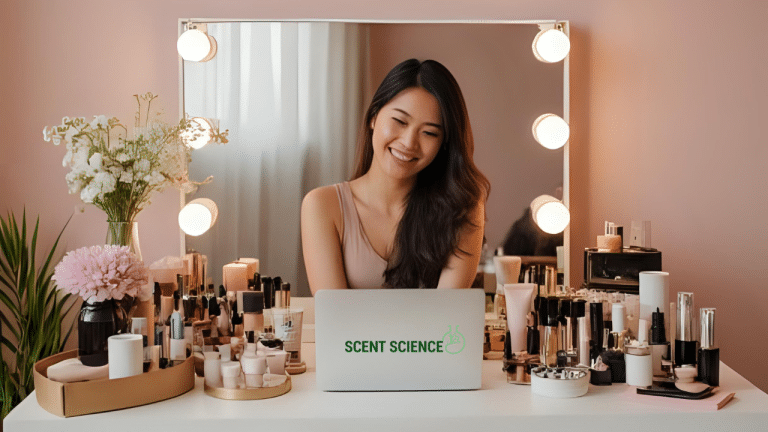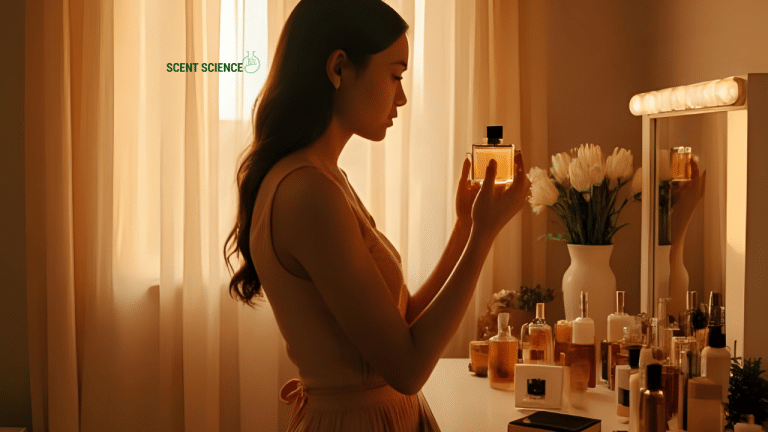Fragrance layering is more than just a trend-it’s a creative way to craft a scent that’s uniquely yours, enhance longevity, and express your mood or style. Here’s why everyone’s doing it, and how you can master the art for a signature blend that stands out.
Table of Contents
ToggleWhy Layer Fragrances?
- Personalization: Layering lets you create a scent that’s truly your own, reflecting your personality or the occasion.
- Complexity: Combining different notes adds depth and dimension, resulting in a multi-faceted fragrance that evolves throughout the day.
- Longevity: Layering can help your scent last longer, as different products and notes reinforce each other.
- Versatility: You can adjust the intensity or mood of your fragrance by adding or subtracting layers-light and fresh for day, deeper and richer for night.
How to Layer Fragrances Like a Pro
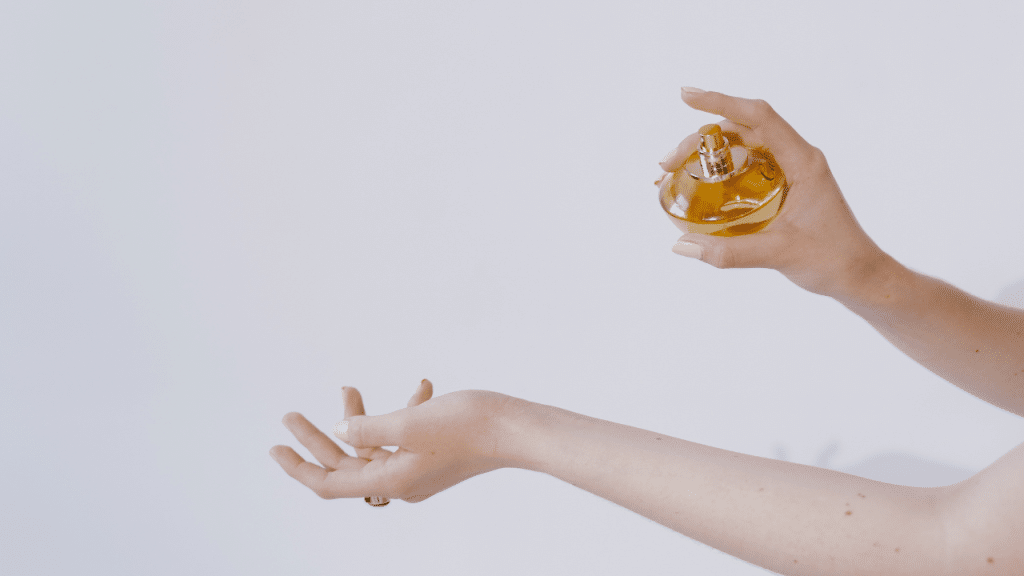
1. Start with a Neutral Base
Use unscented or lightly scented body products (like lotion or oil) to create a blank canvas for your fragrances.
2. Understand Fragrance Notes
- Heavier scents (like vanilla, amber, oud, or musk) should be applied first; these act as your base (1).
- Lighter scents (such as citrus, florals, or green notes) go on top so they don’t get buried.
- If using perfume oils and sprays, apply the oil first, then layer the spray.
3. Choose Complementary Scents
Pair fragrances from similar families (like florals with fruits, or woods with spices) or experiment with contrasts (such as a warm vanilla base with a fresh citrus top). Avoid mixing two very strong scents that might clash or overpower each other.
4. Apply Strategically
- Focus on pulse points: wrists, neck, inner elbows, and behind the ears-these areas radiate warmth and help diffuse your scent1.
- Try applying different scents to different pulse points for a more complex, evolving aroma.
5. Test and Adjust
Start with small amounts-one or two spritzes of each fragrance-to see how they interact on your skin (2). Let the scents settle and adjust the ratio as needed.
6. Consider Skin Scents for Layering
Skin scents (like Glossier You or Juliette Has a Gun Not a Perfume) are designed to blend well and enhance other fragrances, making them great layering bases.
Tips for Different Occasions
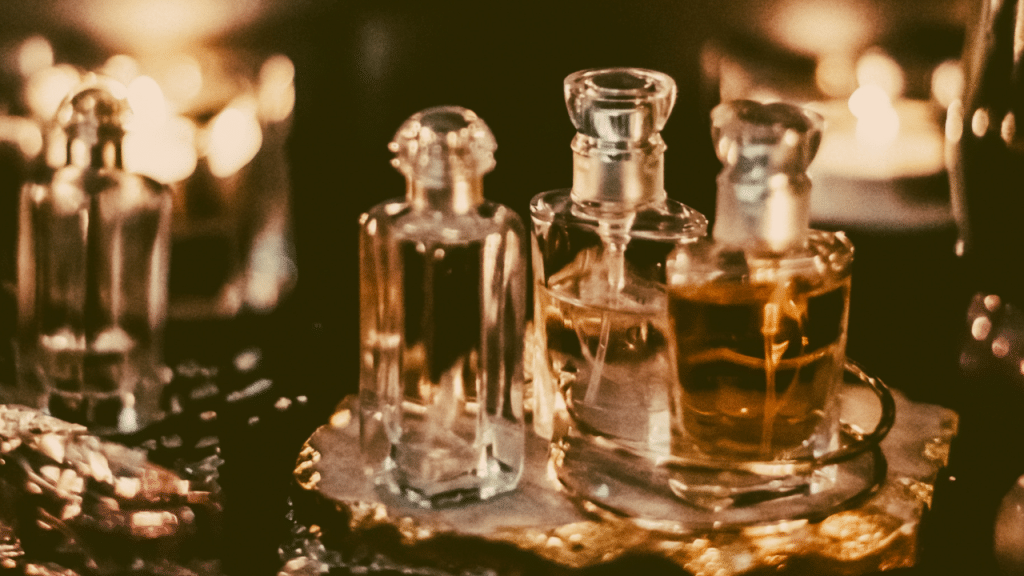
- Daytime: Opt for lighter, fresher layers (citrus, florals, green notes).
- Evening: Add deeper, richer notes (oud, patchouli, amber) for a bold statement.
- Transition: Refresh your scent by adding a new layer for after-work events or special occasions.
Conclusion
Fragrance layering is more than a trend-it’s a creative expression of individuality and mood. By understanding how to combine different scents, you can craft a signature aroma that’s truly your own and enjoy longer-lasting, more complex fragrance experiences. Whether you’re new to layering or a seasoned scent enthusiast, experimenting with combinations can open up a world of olfactory possibilities.
FAQs
Will layering make my perfume last longer?
Yes! Layering different products and notes can reinforce your scent and help it linger throughout the day.
Can I layer fragrances from different brands?
Absolutely. Just be sure to test combinations first-look for complementary or neutral bases to avoid clashing notes.
What if my layered scent is too strong?
Start with less-one spritz of each fragrance is often enough. You can always add more if needed.
Are there “rules” for what scents go together?
There are helpful guidelines (like pairing similar or complementary notes), but don’t be afraid to experiment. Layering is about creativity and personal expression.
Ready to start building your own custom scent? Visit scentsciencebeauty.com for expert fragrance layering guides, sample sets, and the latest in scent trends. Follow us on social media for exclusive tips and inspiration to help you create your perfect fragrance wardrobe!

